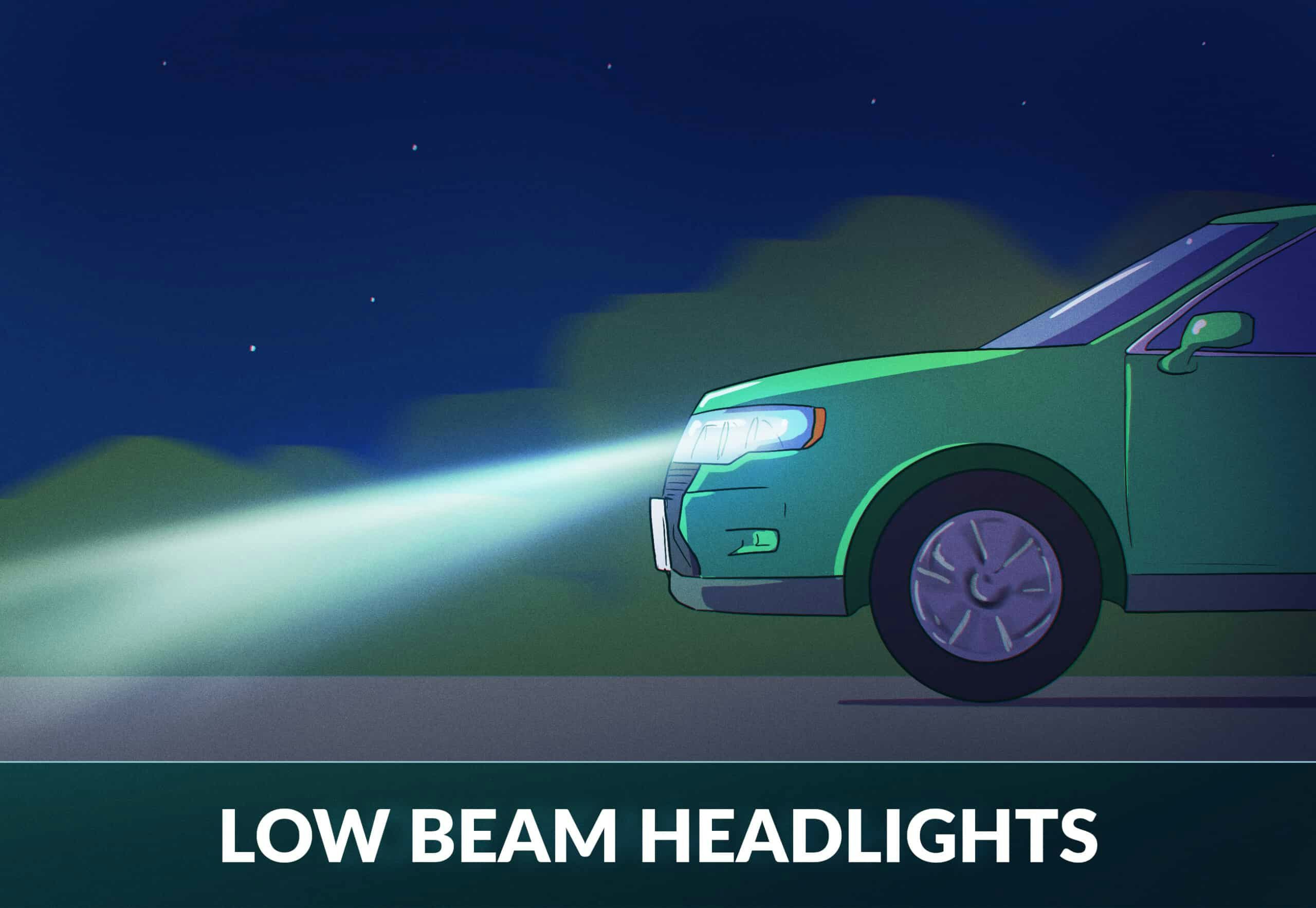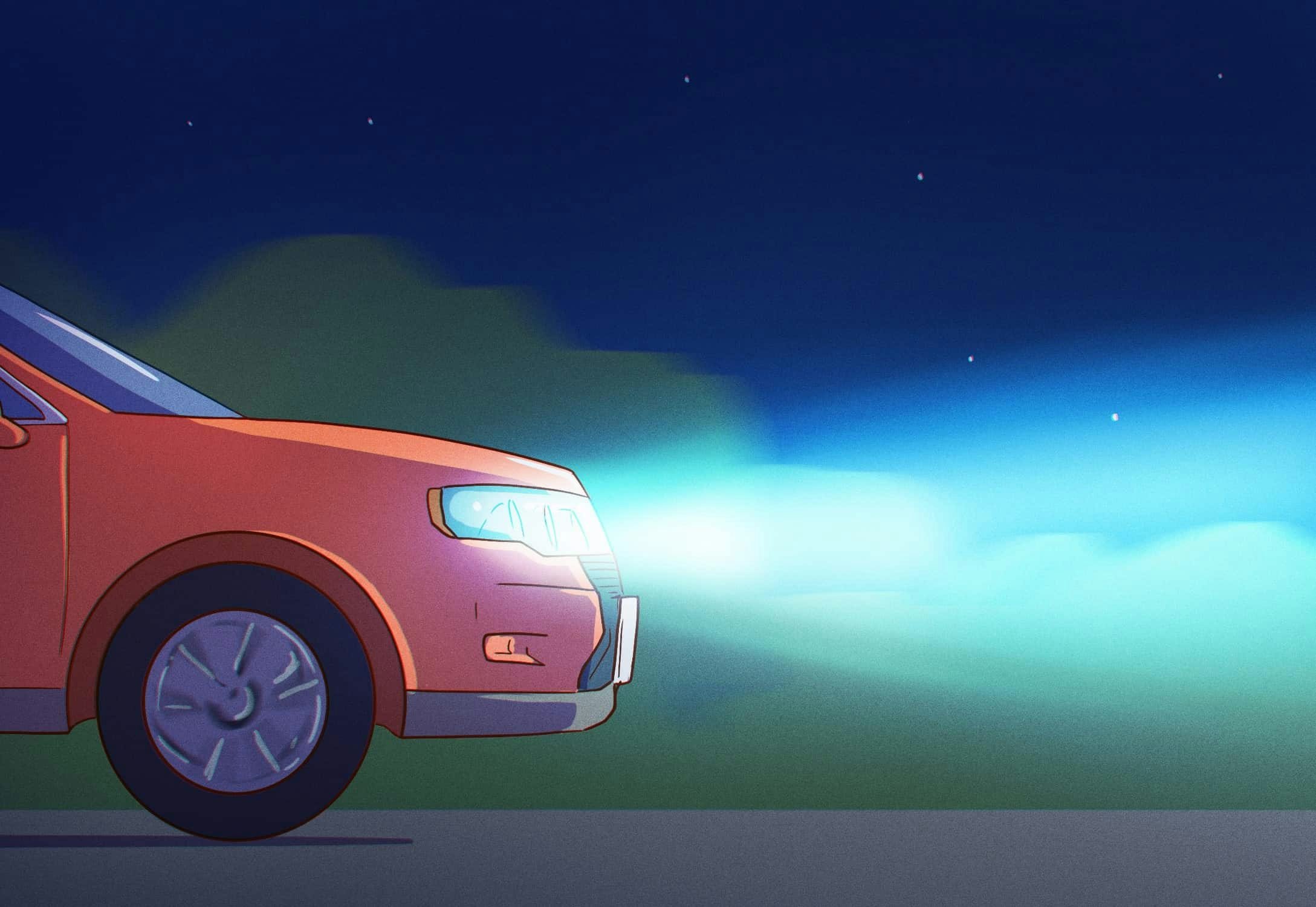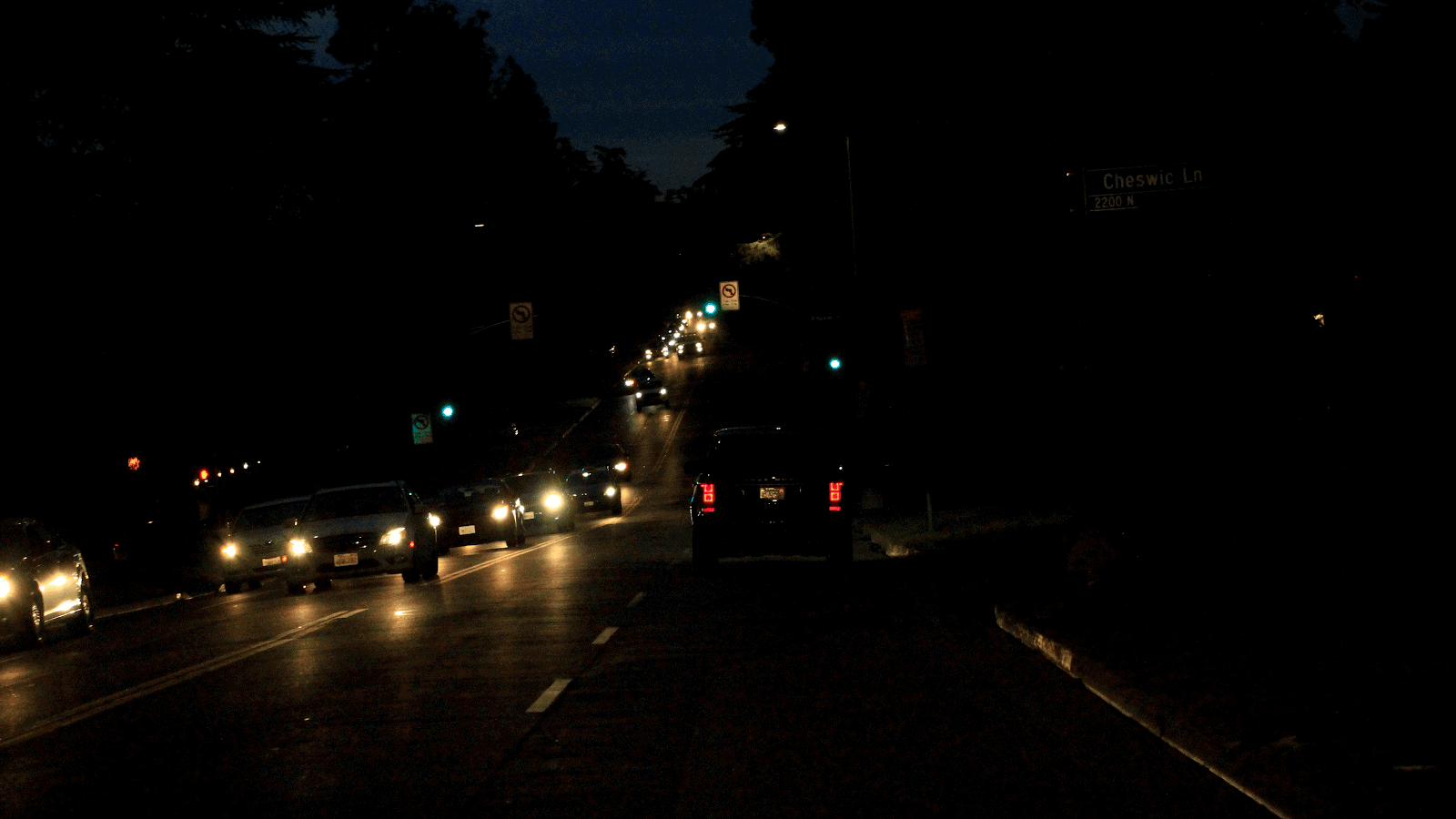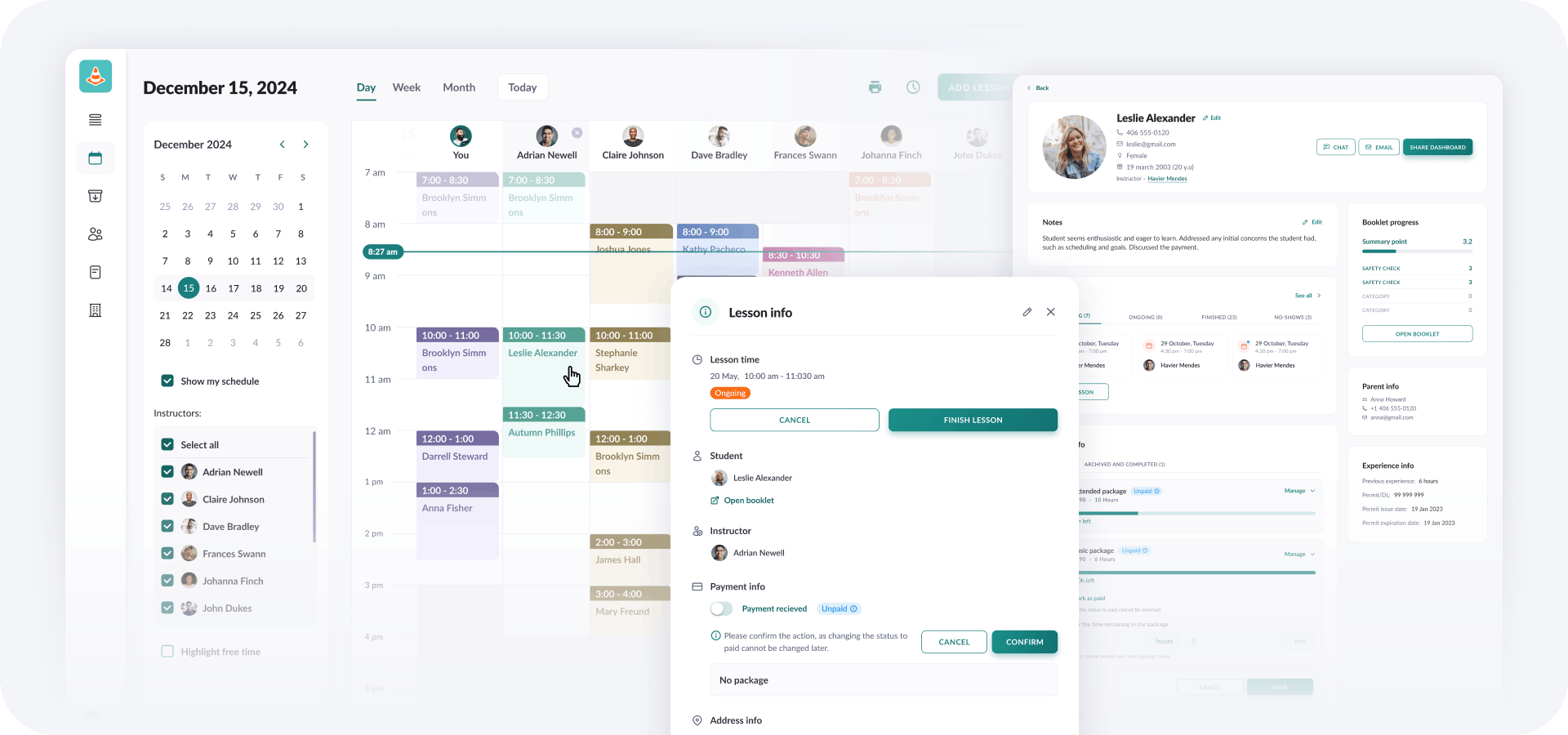
Low Beam Headlights: What They Are and When to Use Them
All vehicles are fitted with headlights to help the driver see at night and in low-visibility situations. Headlights are, simply put, a must-have safety feature that is essential to keeping the roads safe for everyone.
Headlights also let other drivers see your vehicle easier which is just as important. A vehicle without lights is far more likely to be involved in an accident as other drivers just won’t spot it in time. So even if you think you can see well enough ahead, it can still be highly dangerous to not use headlights when you should.
If you prefer video, check out this explainer from our Youtube channel:
What are Low Beam Headlights?
There are two headlight settings that are used in different situations – low beams (dimmed headlights) and high beams (bright headlights). Using the wrong type of headlight setting can, depending on your speed and visibility, be devastating and result in an accident.
It is your responsibility as a driver to know when to use low beams and when to use high beams.
How Far Can You See With Low Beams?
- Low-beam headlights let you see up to about 200 feet and are suitable for speeds up to 25 mph. The low-beam setting is also known as the “dimmed” or “dipped” setting.
- High-beam headlights let you see up to about 350 feet and are suitable for speeds faster than 25 mph. The high-beam setting should only be used in specific situations (read more here).
In essence, low beams provide far less light than high beams at night. If driving faster than 25 mph with low-beam headlights at night, it may be too late to stop without hitting an object by the time you see it.

When you need more light than low beams can provide, you will have to switch to high beams (if legal). Remember that high beams will let you see further ahead, but can blind other drivers if used incorrectly.
When Should Low Beam Headlights Be Used?

The likelihood that you fail to spot something on or near the road is much higher when it is dark or in low-visibility situations than during the day. In general, state laws mandate the use of low-beam headlights in these situations:
- Between sunset and sunrise
- In any situation where you have trouble seeing pedestrians or other vehicles
- When your view is severely limited
If you want to know the individual laws and guidelines in your state, select your state on the Zutobi website and go to “Use of Lights”. Keep in mind that most states have their own guidelines regarding when headlights must be used that may be more restrictive than the ones mentioned above.
For example; the State of California requires the use of low beam headlights in any weather condition where there is reduced visibility, when you need to use windshield wipers, or when you cannot see up to 1000 feet.
How to Activate Your Low Beams
To activate your low beams, look for the low beam icon. It looks like a letter “D” with slanting lines to the left. Now point your switch to the low beam symbol to activate them. If you’ve done it correctly, the low beam dashboard light should be visible on your car’s dashboard.

The Dangers of Driving at Night
In many countries, low-beam headlights must be on any time the vehicle is in motion, regardless of the time of day. Even when the headlights won’t help you see better, they may help others see you.
Make sure to use your low-beam headlights when driving at night, even if driving on a well-lit street! However, turn the headlights off when you park (you may use parking lights instead).

Pedestrians and Bicyclists are Hard to See at Night
Keep in mind that it’s much harder to spot pedestrians and bicycles at night, especially those wearing dark clothes, and this is true even when your low-beams or high-beams are activated. You should slow down when driving at night in order to give you more time to identify and react to potential hazards.
Ask yourself if you can safely stop within the distance of your lights – if not, reduce your speed. If you can see just 100 feet ahead, you cannot safely drive faster than 30 mph.

550+ exam-like questions
All you need to ace your test
Perfect for first-timers, renewals and senior citizens
Recommended articles
Ace your DMV test, guaranteed
Want to Be the Top School in Your Area?
- Simple & automated admin
- More time for teaching
- #1 learning materials for students


